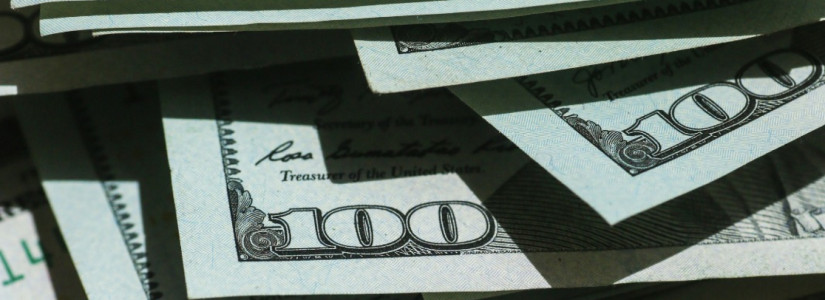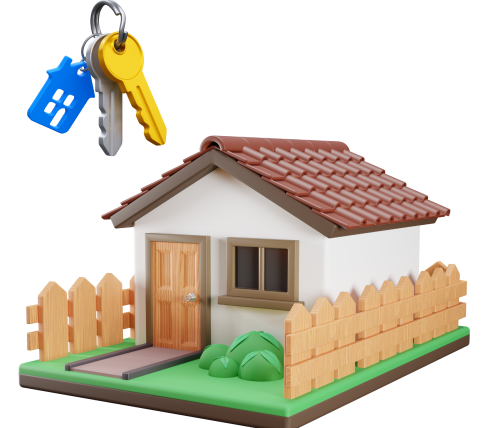8 Simple Tips to Get the Lowest Mortgage Rates Right Now
Mortgage rates dropped a bit before the Federal Reserve’s recent meeting, but haven’t really dropped much since. Experts say rates probably won’t go down much more before the end of 2025, even if the Fed makes more cuts.
So, how can you get the best possible mortgage rate today?
Do Some Lenders Offer Lower Rates?
A Yahoo Finance review of thousands of lenders found something surprising: the companies with the very lowest mortgage rates usually only gave loans to a tiny number of people—often special or preferred customers.
These rates, sometimes as low as 2.4% to 4.75%, aren’t usually available to most homebuyers.
Special rates often go to people who are members of certain credit unions, banks with exclusive customers, or people buying brand-new homes from builders who arrange their own loans.
But don’t worry—there are still plenty of ways for regular homebuyers to get a better rate, even with big-name lenders. Here’s how you can improve your chances:
1. Improve Your Credit Score
Mortgage rates are heavily affected by your credit score. The higher your score, the lower your rate. For example, someone with a FICO score of 620 might get a 7.59% interest rate.
But if you boost your score to 640 or above, your rate could drop to 7.43% or lower. The better your score, the more you can save.
2. Lower Your Debt-to-Income Ratio
Lenders look at your debt-to-income ratio (DTI), which is your monthly debt payments divided by your monthly income before taxes. A lower DTI means a better rate. Aim for a DTI of 25% or less if possible.
While most lenders accept up to 50%, those with the lowest rates prefer 35% or less.
3. Make a Bigger Down Payment
The more money you put down, the better your interest rate is likely to be. While you can buy a home with as little as 3% down, the national median for first-time buyers is around 9%.
Larger down payments mean lower rates and possibly no need for extra insurance.
4. Buy Discount Points
You can pay extra money up front, known as "discount points," to lower your mortgage interest rate. One point equals 1% of your loan amount and typically cuts your rate by about 0.25%.
You’ll want to do the math to see if paying for points saves you money in the long run, especially if you’ll live in the home for several years.
5. Ask About Rate Buydowns
Sometimes, sellers or builders will offer to lower your interest rate for the first year or two as part of the deal to buy a home—this is called a “rate buydown.”
It can be a good short-term saving, but be ready for payments to go up when the buydown period ends.
6. Consider an Adjustable-Rate Mortgage (ARM)
ARMs often offer lower starting rates than traditional fixed-rate mortgages. They have a fixed interest rate for a few years, then the rate can change year to year.
Be sure you can afford higher payments later in case rates go up after the initial period.
7. Look at a Shorter-Term Loan
If you pick a 15- or 20-year fixed mortgage instead of the typical 30-year, you can usually get a lower interest rate. Just be prepared for higher monthly payments.
8. Find an Assumable Mortgage
Some home loans, like those backed by FHA, VA, or USDA, are “assumable.” That means you could take over the seller’s current mortgage rate—which might be much lower than today’s rates.
But you’ll likely need to pay the seller for any equity they’ve built up.
How Can You Find the Best Rate?
The best way is to shop around. Know your credit score, income, debts, and how much you can put down. Then contact a few lenders and compare their rates. Apply for pre-approval from two or three to see the exact rate you’ll qualify for.
Can Homeowners Get Lower Rates Now?
Right now, many people have mortgages with rates below 5%, so refinancing isn’t worth it for most. However, mortgage rates go up and down over time.
If rates fall by 1-2% below your current rate, it may be worth refinancing in the future—just remember to figure in the costs.
-
Find out if you're eligible for more housing support here!









